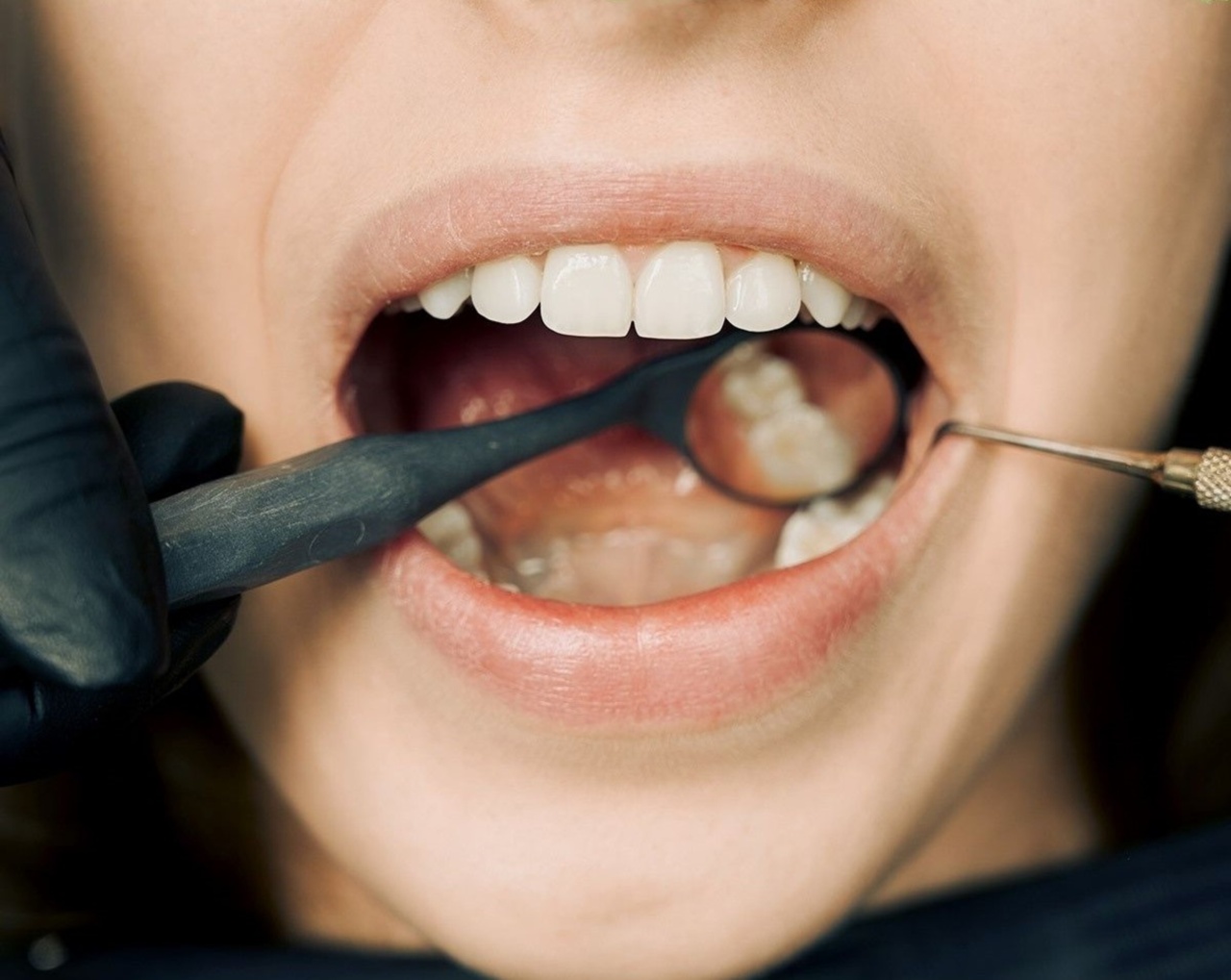Oral cancer is a type of cancer that affects the mouth and can have various detrimental effects on teeth. It is a serious and life-threatening condition that requires prompt diagnosis and treatment.
In this article, we will explore the causes, symptoms, effects, and treatment options for oral cancer, with a specific focus on its impact on teeth.
Causes of Oral Cancer
Oral cancer can be caused by a variety of factors, including:.
- Tobacco use – both smoking and smokeless tobacco increase the risk of developing oral cancer.
- Excessive alcohol consumption – heavy drinking can significantly elevate the chances of developing this type of cancer.
- Poor oral hygiene – neglecting proper oral care can contribute to the development of oral cancer.
- Human papillomavirus (HPV) infection – certain strains of HPV have been linked to the development of oral cancer.
- Prolonged sun exposure – excessive and unprotected sun exposure can increase the risk of lip cancer.
Symptoms of Oral Cancer
Early detection of oral cancer is crucial for successful treatment. Some common symptoms to be aware of include:.
- Persistent mouth sores that do not heal
- Red or white patches in the mouth
- Lumps or thickening of the skin inside the mouth
- Persistent sore throat or hoarseness
- Pain or difficulty in swallowing
- Unexplained bleeding in the mouth
- Loose teeth
- Changes in the way dentures fit
- Persistent bad breath
Effects of Oral Cancer on Teeth
Oral cancer can have profound effects on the teeth due to its impact on the surrounding tissues and structures in the mouth. Some common effects of oral cancer on teeth include:.
1. Tooth Loss
Oral cancer can cause the loss of teeth. As the cancer progresses, it can invade the surrounding tissues, including the gums and bone that support the teeth. This can result in loosening and eventual loss of affected teeth.
2. Altered Bite and Jaw Function
Oral cancer can affect the alignment of the teeth and alter the bite. This can lead to difficulties in chewing and speaking, and can also place excessive strain on certain teeth, leading to further damage or tooth loss.
3. Dry Mouth
Patients with oral cancer often experience dry mouth as a side effect of radiation therapy, chemotherapy, or as a result of the cancer itself.
Decreased saliva flow can significantly impact oral health by increasing the risk of tooth decay, gum disease, and oral infections.
4. Changes in Saliva
Oral cancer can cause changes in the composition of saliva, leading to a more acidic environment in the mouth. This acidic environment can erode tooth enamel and increase the risk of dental cavities.
5. Difficulty with Dental Treatments
Patients with oral cancer may face challenges in undergoing routine dental procedures or treatments.
This can be due to the presence of oral sores, compromised immune function, or difficulty in opening the mouth wide enough for examination or treatment.
6. Spread of Infection
If oral cancer is left untreated or not properly managed, it can progress and spread to other parts of the mouth, including the jawbone.
This can lead to serious infections and further complications, potentially resulting in tooth loss or even life-threatening conditions.
Treatment Options for Oral Cancer
The treatment of oral cancer typically involves a combination of surgery, radiation therapy, and chemotherapy. The specific treatment plan varies depending on the stage and location of the cancer.
In cases where the cancer has impacted teeth and oral health, the treatment may include:.
1. Surgical Removal of the Cancerous Tissue
Surgery may be performed to remove the cancerous growth and any affected surrounding tissues. In some cases, this may involve the extraction of teeth that have been extensively damaged by the cancer or are in close proximity to the tumor.
2. Reconstruction and Rehabilitation
Following the removal of cancerous tissues, reconstructive procedures may be undertaken to restore the appearance and functionality of the mouth.
Dental implants, dentures, or other restorative options may be utilized to replace missing teeth and restore proper bite function.
3. Radiation Therapy
Radiation therapy is commonly employed to eradicate remaining cancer cells or as a primary treatment option for smaller tumors. However, radiation can have adverse effects on oral health, including tooth decay, gum problems, and saliva alterations.
4. Chemotherapy
Chemotherapy, either alone or in combination with other treatment modalities, is sometimes used to target cancer cells throughout the body. However, it can also have side effects on the oral tissues, including the teeth and gums.
Preventing Oral Cancer and Protecting Teeth
While the development of oral cancer cannot always be prevented, there are several steps individuals can take to reduce their risk and protect their teeth:.
- Avoid tobacco products and limit alcohol consumption.
- Practice good oral hygiene by brushing and flossing regularly.
- Protect lips from prolonged sun exposure by using lip balm with SPF.
- Attend regular dental check-ups to detect any oral changes or abnormalities early.
- Eat a balanced diet rich in fruits and vegetables.
- Consider HPV vaccination, as this can help reduce the risk of developing oral cancer.
Conclusion
Oral cancer can have significant effects on teeth and overall oral health. Understanding the connection between oral cancer and its impact on teeth is crucial for early detection and appropriate treatment.
Maintaining good oral hygiene, adopting a healthy lifestyle, and seeking regular dental care are key in preventing and managing oral cancer, ultimately preserving one’s oral health and overall well-being.




























